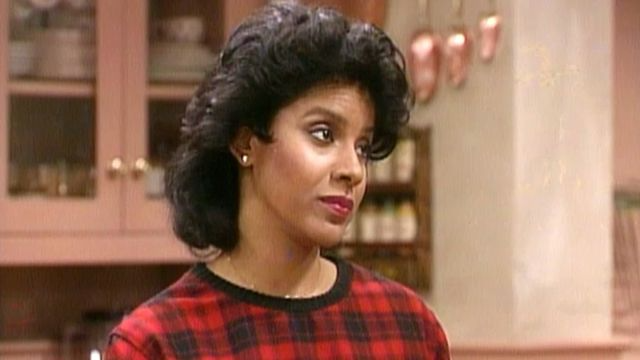
Introduction
Behind every great TV show lies a wealth of untold stories, and The Cosby Show is no exception. While viewers loved the lovable antics of the Huxtable family on screen, few are aware of the challenges, secrets, and unique behind-the-scenes moments that made the show such a cultural phenomenon. From the casting decisions to the writing process and the set design, the creation of The Cosby Show was as groundbreaking as the content it produced.
In this article, we’ll take a deep dive into the untold stories behind the making of The Cosby Show, exploring how the magic happened behind the camera and why it became one of the most important television shows in history.
The Casting Process: Bringing the Huxtables to Life
One of the key factors behind the success of The Cosby Show was its remarkable cast. Bill Cosby, as both the star and producer, was intimately involved in selecting the right actors to play the Huxtables. Cosby was very specific about the kind of talent he wanted—he needed a cast that had chemistry, relatability, and, most importantly, the ability to portray a loving, real family.
When it came to casting Clair Huxtable, Cosby was determined to find an actress who could not only match his comedic timing but also present an air of intelligence and elegance. Phylicia Rashad was the perfect fit, and she later described her role as a gift—an opportunity to portray a strong, multi-dimensional Black woman in a role that was rarely seen on television at the time.
Similarly, the casting of the children was crucial. The actors who portrayed the Huxtable kids—Malcolm-Jamal Warner, Tempestt Bledsoe, Keshia Knight Pulliam, and others—were all carefully chosen to embody their characters’ personality traits and add authenticity to the family dynamic.
The Writers: Tackling Complex Issues with Humor
The writing team of The Cosby Show worked tirelessly to balance humor with social commentary. While the show was filled with lighthearted moments and comedic gags, it also dealt with real-life issues that many families faced, such as education, relationships, and social justice.
The writers made a conscious decision to avoid the typical “problem-of-the-week” format that dominated many sitcoms. Instead, they chose to weave complex, sometimes controversial themes into the show’s storylines. For instance, the series tackled important issues like teen pregnancy, racial identity, and financial hardship, all while maintaining a light, comedic tone.
In many ways, The Cosby Show redefined what a sitcom could be. It wasn’t just about jokes and laughs—it was about using humor to tackle real-life struggles and showcase the triumphs of a family that had, for the first time, been given a platform on national television.
Behind the Set: The Iconic Huxtable Home
One of the most memorable aspects of The Cosby Show was the iconic Huxtable household. The set was designed to reflect the Huxtables’ success and the family’s lifestyle. Located in Brooklyn, the Huxtable home was a space that felt warm, welcoming, and lived-in, with a perfect mix of sophistication and comfort.
The set designers paid close attention to detail, creating a home that reflected the family’s affluence without feeling over the top. The design included a cozy living room, a spacious kitchen, and personal touches in every room. The Huxtable home became synonymous with the show’s family-oriented message and the sense of belonging it conveyed.
Guest Stars and Memorable Moments
Over the years, The Cosby Show featured a number of guest stars, some of whom went on to become big names in their own right. Celebrities like Stevie Wonder, Aretha Franklin, and Debbie Allen all made appearances, adding an extra layer of excitement for fans.
One of the most memorable moments in the series was when the Huxtable family hosted an unforgettable dinner party with a star-studded guest list. These moments not only brought star power to the show but also highlighted its ability to blend the everyday with the extraordinary.
The Cultural Impact: Redefining Family on TV
More than just a family sitcom, The Cosby Show reshaped the American television landscape. It showed that Black families could be portrayed as successful, loving, and complex—not limited to stereotypes. The show became a vehicle for change, helping to pave the way for more diverse portrayals in the years that followed.
Conclusion
The Cosby Show was more than just a television program—it was a cultural touchstone. The behind-the-scenes work of its talented writers, directors, cast, and crew brought to life a show that continues to be remembered for its groundbreaking portrayal of Black family life. The untold stories and secrets that made The Cosby Show a success remind us that while television is often about entertainment, it can also be about changing perceptions and shaping culture. The Huxtables remain a beloved family, and their influence on television is still felt today.
